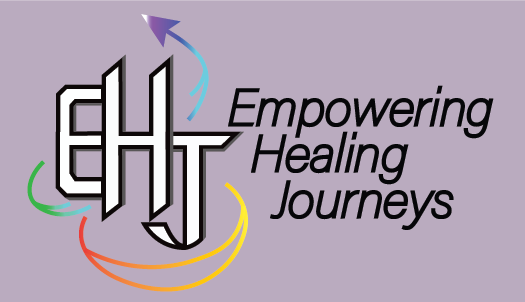In movement, the word “habit” connotes a sense of familiarity that may or may not be useful. For example, if my shoulder hurts every time I pick up my coffee cup to take a sip, that’s not good. But pain is an opportunity to explore a habitual movement pattern that can be improved. Given that perspective, I allow myself the freedom to explore an ache as an opportunity to learn something about myself that I didn’t recognize before. And if I start to play around with the sensation, my game is to find a way to move that doesn’t hurt, feels easier, and makes me wonder how I made a simple movement into such a complicated one.
I can ignore my shoulder pain, hoping it’ll resolve on its own because it started by itself. But did it? Maybe I banged my shoulder accidentally and thought nothing of it because I was rushing to get home. I may have worked a little longer than usual in the garden the following weekend. My shoulder was a little sore the next day, and though it didn’t hurt that much over the next few days, it wasn’t bad enough to get it checked out. By the time the next weekend rolled around, it seemed better, and I went back to my usual workout. It was sore the next few days, but I attributed the soreness to my exercise.
Over the course of decades, how I use my shoulder had subtly changed in reaction to slight discomforts or pain here or there. Until it became acutely painful recently, I never noticed that instead of simply lifting my coffee cup, I unconsciously tense the muscles around my shoulder, along with my neck, upper back and chest muscles to protect it. These compensatory muscles are perfectly happy not to be involved but using them to protect my shoulder became a habitual pattern that evolved over time.
In our fast-paced culture, we assume bodily aches and stiffness are “normal” symptoms of aging. But are they? Is it reasonable to compare our bodies to mechanical devices that have a limited lifespan? Unlike machines, we are dynamic, complex biological beings whose cells and tissues are continually repaired and renewed. Our movements are not hardwired either – we constantly adjust our movement and posture in response to our environment, physical and emotional states. Without periodically resetting our bodies to function in a sustainable fashion, the default outcome is stiffness, pain, and reduced range of motion and mobility.
Feldenkrais lessons teach students how to relearn how to use their bodies to preserve their movement potential. Students relearn how to use their bodies because every human infant teaches him or herself how to move easily and comfortably. By moving slowly and delicately within one’s comfortable range in Feldenkrais lessons, students become aware of their habitual compensatory, muscular efforts that restrict easy movement or induce pain, and learn to replace pain-modified movement patterns with functionally sustainable ones that are comfortable, efficient and support muscle balance.

